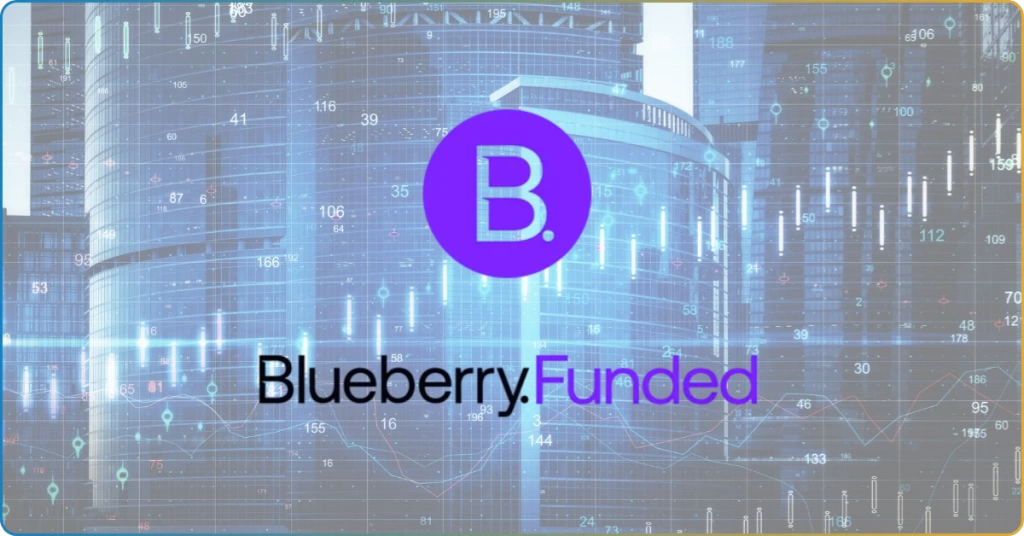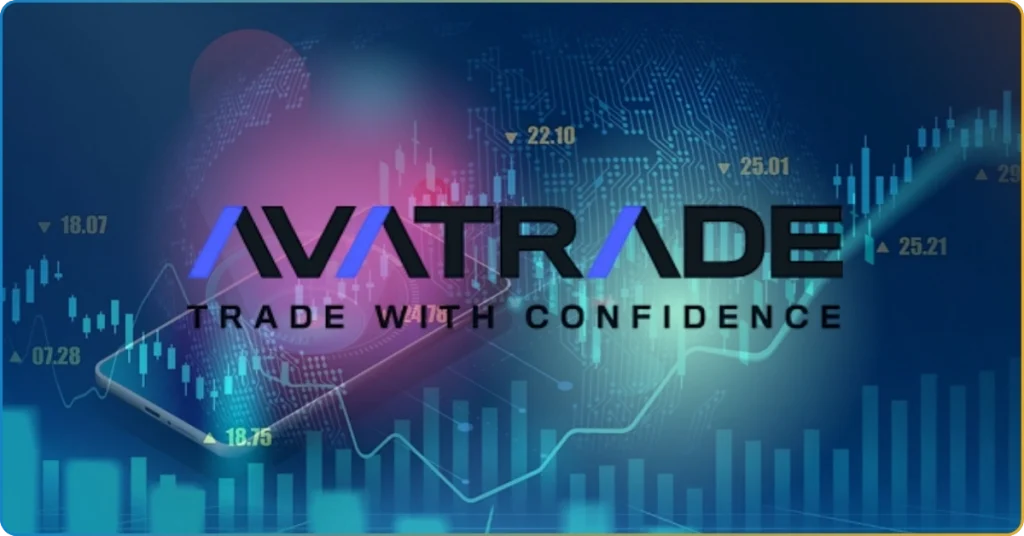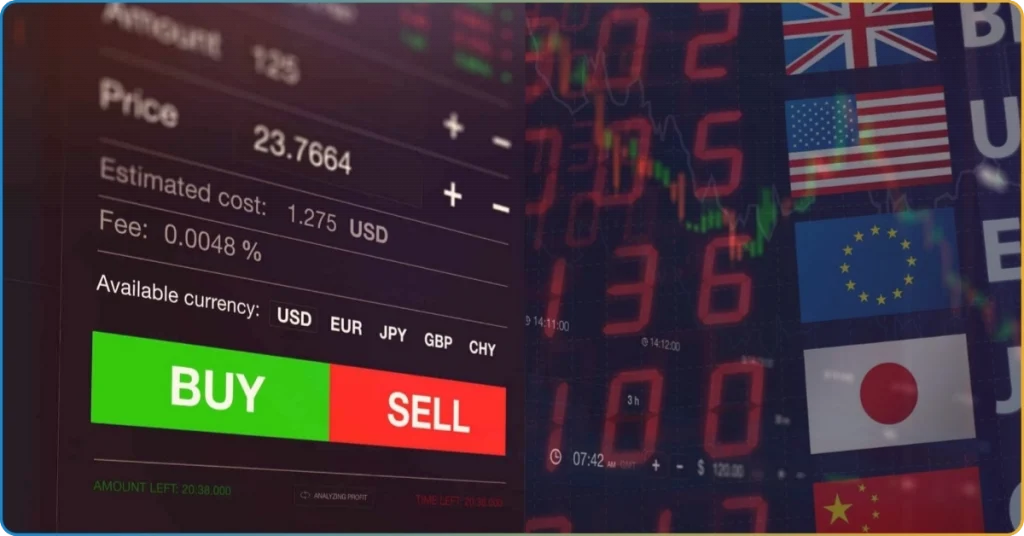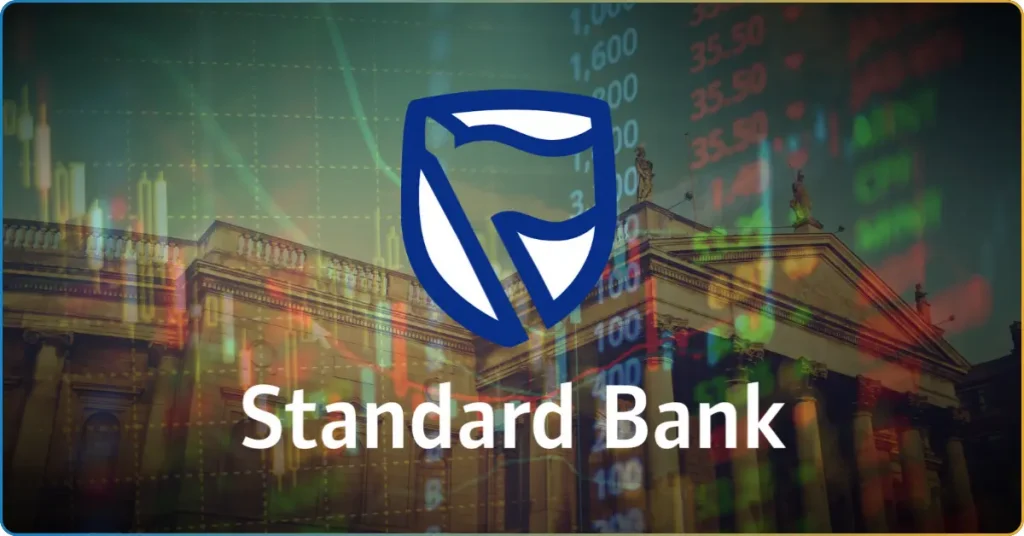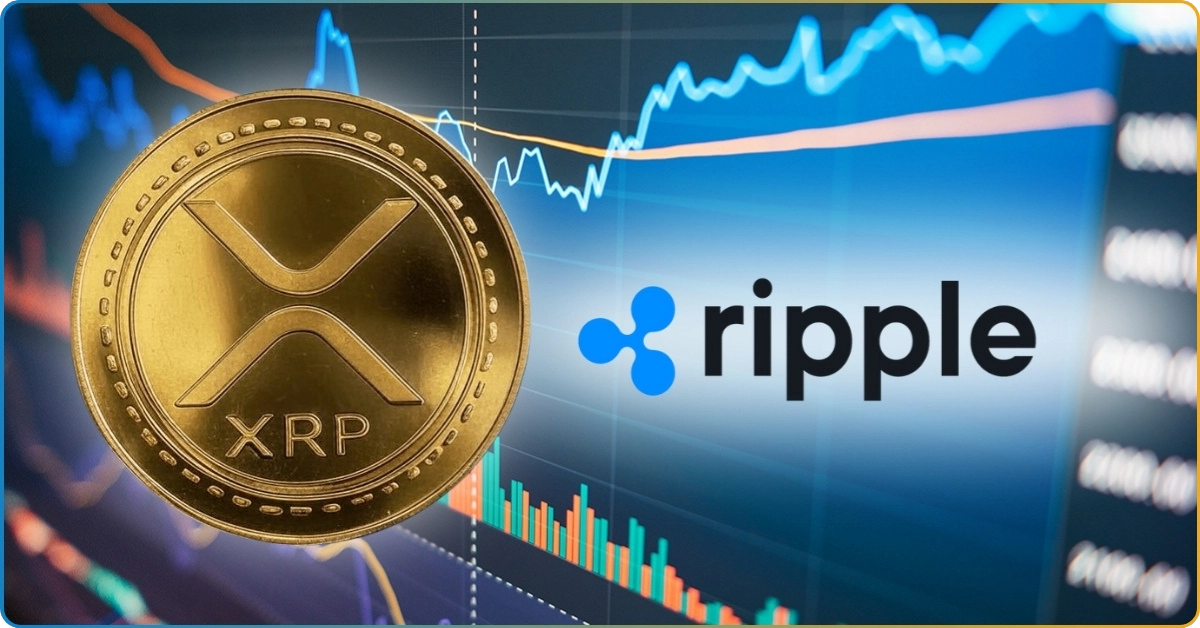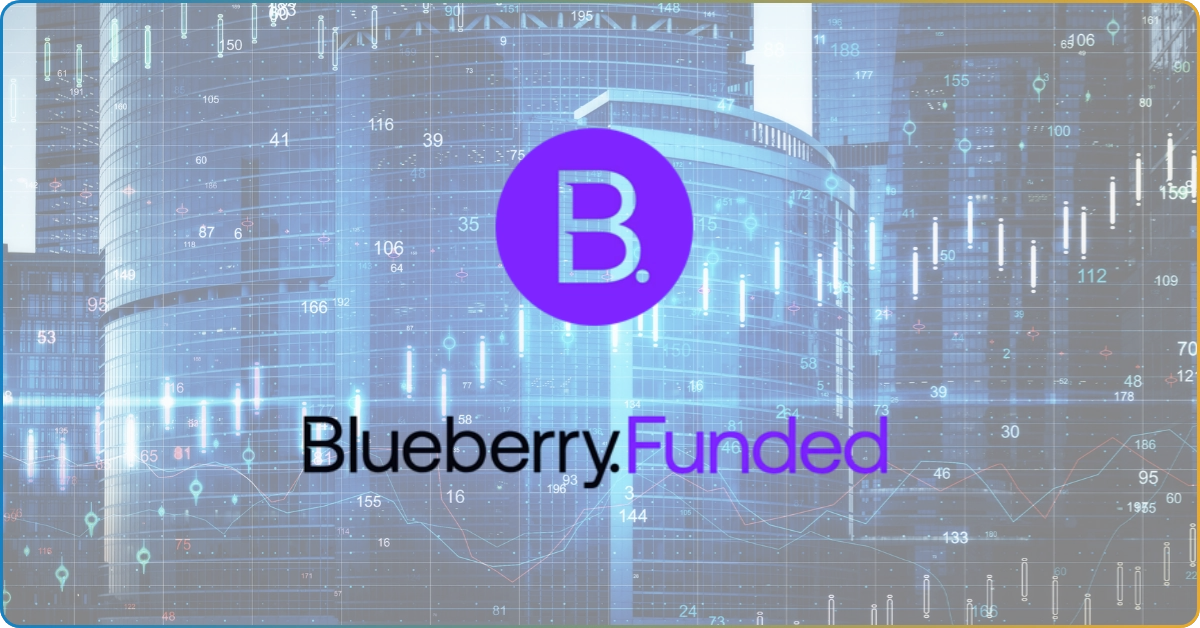When trading the Japanese Candlestick chart, traders always say to buy the green and sell the red. However, the market is dynamic and extremely saturated with short-term fluctuations. This pushes the chart to create a series of mixed green-red candles.
Enters Heikin Ashi strategy – an approach to average the two-period candles for a smoothen-out candlestick chart. With this strategy, the market stays green when it’s bullish and red when it’s bearish.
In this TRU Insight, we’ll explore how Heikin Ashi differs from traditional candles by looking at its improved candle calculation. Read on and learn how you can use Heikin Ashi in forex trading.
Heikin Ashi Trading and Calculation in a Glance
As an improved approach to candlestick trading, Heikin Ashi takes the average of the two-period candles (previous and current) to provide price data that are not susceptible to market noise or small-term fluctuations.
The opening-high-low-closing price calculation is the main differentiation between the regular and Heikin Ashi candles. Instead of taking the extreme prices, you take the average between the two candles.
Quick Recap: What Is Heikin Ashi and How Does It Differ from Candlestick
Hard pill to swallow – market analysis using candlestick is ineffective by itself.
Despite its offered visual clarity, candlestick is susceptible to false signals as the market is naturally complex and noisy.
Enters Heikin Ashi, a trading technique used to smoothen the data on candlesticks. This ultimately benefits traders through improved analysis, interpretation, and overall predictive chances.
Traditional candlestick’s sensitivity to market noise leads to poor, misinformed trading decisions by traders.
When the bullish market experiences a slight selling pressure intervention, traders who use traditional candlestick may interpret it as a potential trend reversal. This could lead to premature long exit or short entry.
But with Heikin Ashi, you considered the two-period average to filter out market noise and large deviations. This means the green market will remain bullish even if injected with little bearish pressure.
Additionally, the Heikin Ashi candles start at the middle level of the previous candle instead of the same level as the previous candle’s close.
Let us look into the formulas of Heikin Ashi and briefly compare them to the formula of traditional candles.
Heikin Ashi Formula
The Japanese phrase “Heikin Ashi” literally translates to “average pace.”
True to its name, Heikin Ashi takes the average of two-period candles to signal a more accurate and less sensitive price action.
Instead of showing the actual periodic close, opening, high, and low prices of the candle – Heikin Ashi waited for another candle to form before forming the price’ close-opening-high-low.
Here are the eight variables used in Heikin Ashi computation to improve the accuracy of the signal:
- C – current closing price
- O – current opening price
- H – current high price
- L – current low price
- OPB – the opening price of the previous candle
- CPB – closing price of the previous candle
- Max – highest price the candle traded
- Min – lowest price the candle traded
Closing Price
| Formula | (O + H + L + C) / 4 |
In the traditional candlestick, the closing price is represented by the actual closing price of the asset in the period.
But in Heikin Ashi, you get the sum of all values of the current candle – including the closing, opening, high, or low. After that, you divide it into four to get the candle’s average price.
Assume the EUR/USD market candle opened at 1.2010, peaked at 1.2050, dipped to 1.1950, and closed at 1.985.
- Closing Price = (1.2010 + 1.2050 + 1.1950 + 1.1985) / 4
- Closing Price = (4.7995) / 4
- Closing Price = 1.1998
Instead of showing 1.1985 as the closing price, the Heikin Ashi candle presents a closing price slightly higher than the actual price.
Opening Price
| Formula | (OPB + CPB) / 2 |
In the traditional candlestick, the opening price of the current candle starts at the previous candle’s end.
However, the Heikin Ashi candles start off the period at the midpoint of the previous candle. To get this price point, you simply get the average of the precious candle’s opening and closing price.
Assume the previous candle of the bearish GBP/JPY market opened at 191.60 and closed at 187.30.
- Opening Price = (191.60+187.30) / 2
- Opening Price = (378.9) / 2
- Opening Price = 189.45
By starting at the midpoint of the previous candle, we eliminate the potential uncertainty at the initial formation of the candle.
High Price
| Formula | The highest value among the O, C, and H |
In the regular candlestick, the high price is indicated by the peak of the upper wick. This ultimately suggests the highest price that the price traded over the candlestick period.
But in the Heikin Ashi candle, you essentially take the highest value among the high, close, or open of the recent candle.
Low Price
| Formula | The lowest value among the O, C, and L |
The regular candle’s low price – shown at the trough of the lower wick – signals the lowest price point that the asset has traded over the candle’s period.
However, the close price deviation may exist as you consider the lowest value among the low, opening, and closing price points of the asset.
How to Interpret the Heikin Ashi Chart?
Being true to the improvement of the regular candlestick chart, Heikin Ashi candles are considered more beginner friendly as they are easier to interpret.
Here are the two factors that you need to look at when you want to identify trends and gauge their underlying strength.
Series of Color-Coded Candles
This follows the core of online trading: the more established the trend color is, the more reliable its accuracy is.
Again, the market noise or short-term market fluctuations make it hard for traders to spot the underlying trend of the market. This is because the chart will be a mixture of green and red candles.
But the Heikin Ashi addressed this issue by smoothening out the candles in the chart. Essentially, the bullish market will remain green, and the bearish market will keep its red.
The chart will retain the trend color despite the short intervention of opposite market pressures.
No Upper or Lower Wicks
As it modifies the calculation of the high and low of the candle, Heikin Ashi eliminates either the candle’s upper or lower wick. This removes the unnecessary data that could confuse the trader.
- The bullish (green) market should have no lower wick to indicate a strong uptrend. This suggests that there’s little to no selling pressure that could halt its upward momentum.
- The bearish (red) market should have no upper wick to indicate a strong downtrend. This candle formation signals the absence of buying pressure to reverse the trend.
But remember that the forex pair may not establish a trending market – it could be trading within the established range of support and resistance levels.
During a range-bound market, the Heikin Ashi chart still forms a series of color-coded candles but creates shadows on both ends.


